Company tel:+86-379-63184520
Contact number:+86-15937921751
Postcode:471000
Email:info@yuxindiamond.com
Address:3-1-508 Luoyang National University Science Park, No. 2 Penglai Road, Jianxi District, Luoyang, China 471000
The Seven Application Prospects of Diamond in Biomedicine
Diamond is the same element of carbon, it is a pure carbon composed of minerals, is an atomic crystal. Diamond is the hardest material in nature. Nano-diamond is the diamond that the diameter in the range of 1nm ~ 100nm, a new important member carbon nanoclonal family. Nano-diamond has great physical properties such as hardness, optical transparency, thermal conductivity, electrical insulation, high pressure resistance and weather resistance. These unique properties make it in the fields of coatings, lubricants, polymer additives, electronic devices, sensors and electrochemistry and have been widely used. In recent years, with the scientists’ research on the biological properties of nano-diamond, found that nano-diamond has good biocompatibility, low toxicity and fluorescence but no photobleaching,etc. The excellent biological properties, chemical inertness and the reproducibility of its surface genes in nano-diamond, led to widespread concern and breakthroughs in the field of biomedical applications.
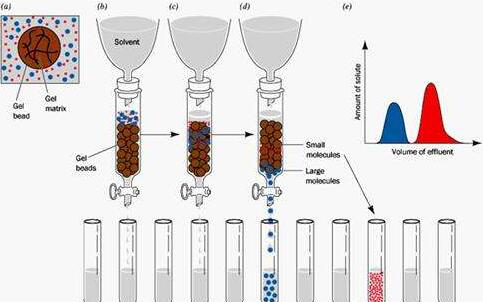
Separation and Purification of Proteins
Nano-diamond has a large specific surface area, the surface covered with carboxyl, lactone, hydroxyl, ketone and alkyl and other chemical groups, has a high affinity with the protein. Compared with the traditional chromatographic separation and purification of proteins, the separation and purification of proteins with nano-diamond has the following advantages: simplifies the process of purifying the protein; reduces the time of separation of proteins to 30-40 min; eliminates the need for special chromatographic equipment; making it possible to prepare high purity, high yield apoobelin and luciferase.
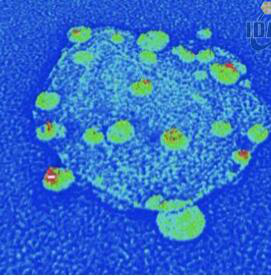
Cell marker and biological imaging
Fluorescent cell markers play an important role in the life sciences, but many of the available markers are defective in terms of physical, chemical, and toxicity. Nano-diamond as a new type of carbon nanomaterials, with a chemical inert, fluorescent but no photobleaching, non-toxic advantages. Nano-diamond has a very important value in cell marker and bioimaging research. It can be used for the labeling and tracing of cancer cells and stem cells, and can also be used as a fluorescent probe for interaction with bacteria or cells. At the same time, , It can also serve as a biotic imaging carrier to transport biologically active substances into cells, and can be used for in vivo biologic imaging.
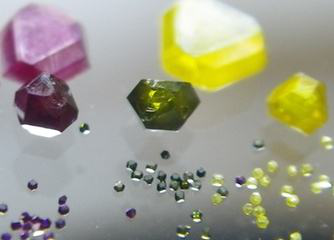
Biosensor
Biosensor is a device that utilizes biological substances as identification elements, converts biochemical reactions into quantitative physical and chemical signals, and enables the detection and monitoring of living matter and chemical substances. With the expansion of nano-diamond applications, many researchers have found its application in biosensing.
Glucose biosensor can be simple and rapid disease diagnosis, of great significance in the treatment of diabetes. The non-doped nano-diamond-modified gold electrode can be used as an electrochemical glucose sensor. As nano-diamond has a small volume, non-toxic, weak alkaline, using nuclear magnetic resonance principle, nano-diamond can be a quantum dot quantum probe material to explore life processes.
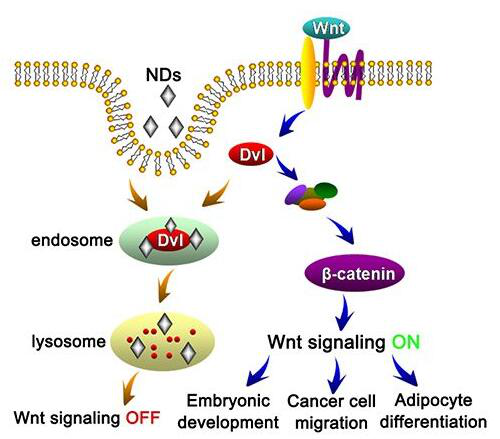
Gene transfer and treatment
The purpose of gene transfer and treatment is to introduce foreign genes to supplement the defective gene or to provide more biological functions for the body. For example, 800 Da polyethyleneimine modified nano-diamond ND-PEI800, DNA can be fixed by hydrogen or static electricity on ND-PEI800, and then transported into cells. Compared with other gene transport vectors, ND-PEI800 showed higher transport efficiency and lower toxicity to luciferase and green fluorescent protein plasmids. Nano-diamond can be a fast, scalable, widely used gene transfer tool.
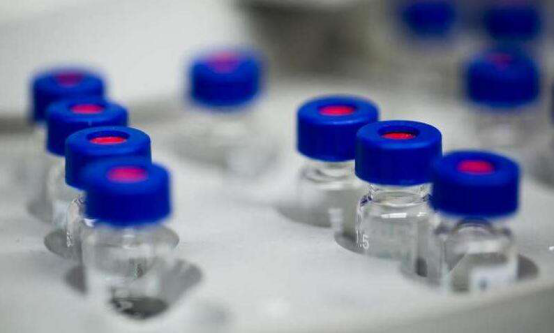
Drug delivery and treatment
Nanotechnology provides new ways for the transport of drugs, which can be combined with drugs in a covalent or noncovalent manner as a drug delivery tool to transport drugs to target cells or target organs. For example, transferrin is covalently bound to fluorescent nano-diamond and can enter cells through receptor-mediated endocytosis. The uptake mechanism is a pathway that temperature, energy, and network protein depend on, so that nano-diamond can be used as a special cell uptake and drug delivery tools.
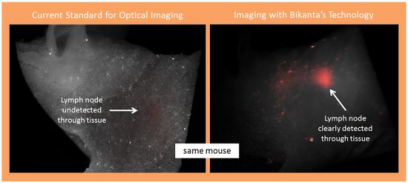
Cancer diagnosis and treatment
The surface of the nanoparticles can provide a wide variety of chemical groups for a variety of cancer diagnosis and treatment of drugs in a covalent or non-covalent bond way, then design and develop multi-functional chemical groups of nanoparticles used for tumor synchronous imaging and treatment, becoming the main goal of cancer drug research. Some studies have shown that anti-cancer drugs combined with nano-diamond can reduce the toxic side effects, improve the targeting and show strong anti-cancer activity.
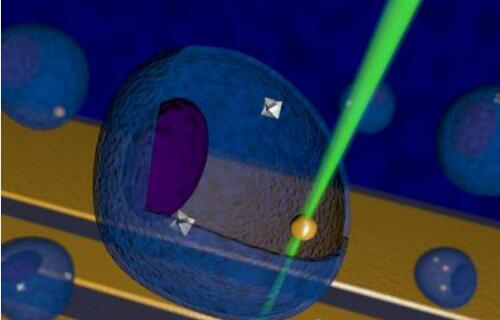
Cell temperature measurement
The single-atom impurity in a diamond crystal, which is usually replaced by a nitrogen atom or a vacancy, is very sensitive to temperature changes. Such temperature fluctuations may be a technical barrier to maintaining quantum bits, but used in the medical field Biological temperature measurement is very useful. Based on nano-diamond particles of high precision temperature difference measurement technology, in the medical field can help doctors to distinguish between human carcinogenic cells and timely medical diagnosis.
The surface of nano-diamond has many functional groups. With the improvement of these groups and the treatment methods, the desired surface features can be obtained, so that the application value can be better reflected in the field of biomedical and would have a better application prospects.







